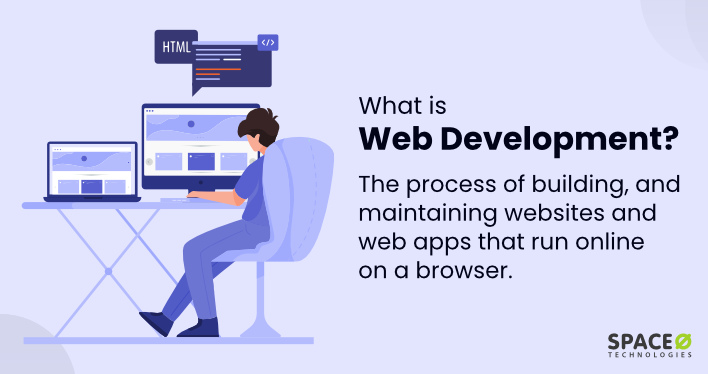Tube Rank: Your Guide to Video Success
Discover tips and insights for optimizing your video presence.
Why Your Website's Speed is the New Black
Discover why website speed is essential for success and how it can elevate your online presence to the next level today!
The Impact of Website Speed on User Experience and SEO
The speed at which a website loads is a critical factor that significantly influences both user experience and search engine optimization (SEO). According to studies, website speed can impact user retention rates, with a mere delay of a few seconds leading to decreased engagement and higher bounce rates. Users today have little tolerance for slow-loading pages; they expect quick access to information. If a website takes longer than three seconds to load, many users are likely to leave, thus adversely affecting the site's overall performance. This immediate impact on user behavior highlights the necessity for website owners to prioritize speed optimization to enhance visitor satisfaction.
From an SEO perspective, website speed is also crucial as search engines, particularly Google, consider loading times as a ranking factor. Faster websites are more likely to rank higher in search results, which means that optimizing for speed can lead to increased visibility and traffic. Implementing strategies such as image compression, reducing server response time, and utilizing browser caching can improve loading speeds significantly. As a result, investing time and resources into enhancing website speed not only boosts user experience but also elevates a site's SEO performance, making it a win-win situation for any online entity.

How to Measure and Improve Your Website's Loading Time
Measuring your website's loading time is a crucial step in optimizing its performance. You can use various tools like Google PageSpeed Insights, GTmetrix, or Pingdom to analyze your site's speed. These tools provide detailed reports on what might be slowing down your website, including image sizes, server response times, and JavaScript loading issues. By reviewing these metrics, you can gain valuable insights into areas that need improvement and establish a baseline for measuring changes over time.
To improve your website's loading time, implement some effective strategies. Here are a few essential tips:
- Optimize images by compressing them without sacrificing quality.
- Minify CSS and JavaScript files to reduce their size and improve loading speed.
- Employ a content delivery network (CDN) to distribute your content closer to users and decrease loading times.
- Regularly check for any broken links or redirect chains that can hinder speed.
By continually monitoring and implementing these techniques, you can significantly enhance your website's performance and user experience.
Common Myths About Website Speed You Should Stop Believing
When it comes to website speed, many myths can cloud our understanding, leading to decisions that might not benefit our online presence. One common misconception is that image size is the only aspect that affects load time. While it's true that large images can slow down your site, factors such as server response times, the number of HTTP requests, and excessive use of third-party scripts also play crucial roles. Website speed is a multifaceted issue, and focusing solely on images can result in neglected optimizations elsewhere that could drastically improve performance.
Another prevalent myth is that website speed is only important for e-commerce sites. In reality, slow-loading websites can deter visitors from engaging with any type of content, whether it’s a blog or a portfolio. Research shows that users tend to abandon sites that take longer than three seconds to load, regardless of the website's purpose. By debunking these myths, webmasters can implement comprehensive strategies to enhance speed, leading to better user experience and improved SEO rankings.